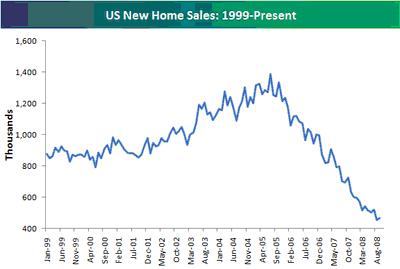When it comes to that credit approval waiting for the offer to be accepted, what was good last month may not be good today. Guideline’s and lenders interpretation of same are very tight and getting tighter. Consider this, Chase and Wells Fargo are steering very clear of any mortgage transaction that is remotely close to the outer edges of “the guidelines” because they are fearful of massive buybacks.
What are the red flags you need to be aware of with any transaction?
- The credit score – this is not new but lenders want scores well above 700. If the usable score (lowest mid-score of all borrower’s) is below this number then everything else better be ship shape
- DTI- this is Debt to Income ratio. The maximum ratio is 43.99% for conventional loans with extra latitude for FHA loans. VA uses a residual income approach. On each loan the key component is how income is calculated. In many transactions I have seen this year; the adjustments to income can seem draconian. Think worst case scenario and adjust downward from there until your banker issues that credit approval.
- Housing to Income Ratio – the same approach to income but the preferred ratio is 28%. You need every other part of the credit package to be solid to venture above this.
- Income – what used to work may not work anymore. The self-employed seem to be the hardest hit and this has always been the case. However, a downward blip on last year’s income can send lenders running because of the “ability to repay” component of a Qualified Mortgage. There really is no guidance on what “ability to repay” means and this is why big banks are running for fear of buybacks.
What does this mean for you? Make certain you understand all of the components of your credit approval whether the buyer’s agent or the buyer. Once your credit approval is in place, put your financial picture in stasis until the transaction is closed.
Where is the best place to seek a credit approval? I am partial to the small, independent mortgage company with a local presence and a record of longevity. Unlike big banks, they only have one way to make money and that is closing loans.








